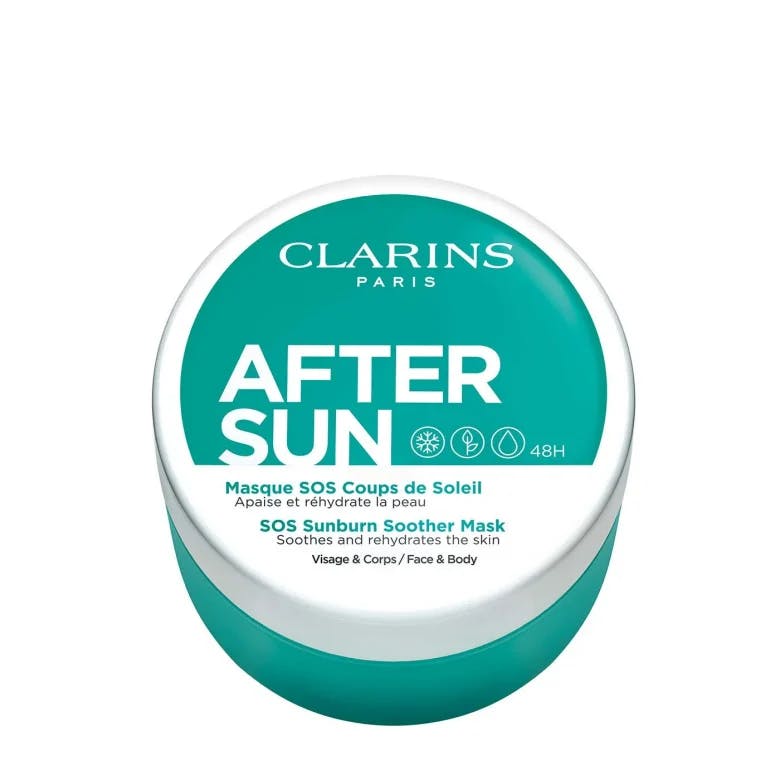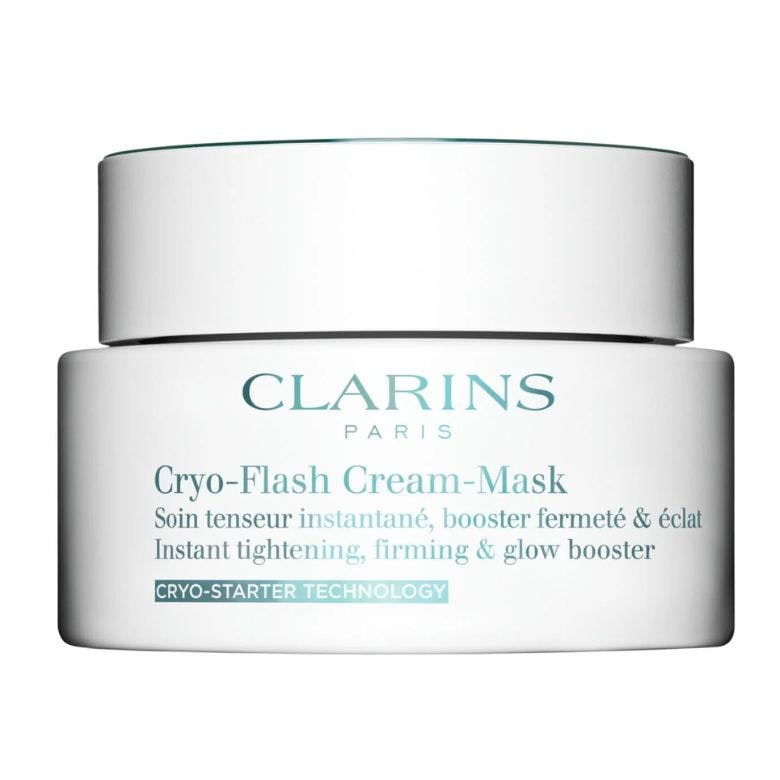How to Treat Sunburn: Advice from a Doctor
6 minutes read
While many of us relish the opportunity to soak up the sun’s rays — whether on holiday or its sporadic appearances in the UK — sunburn can definitely put a damper on things. Thankfully there are ways to prevent and treat it, so that your sunny getaway doesn’t leave you with a painful souvenir!
As you know, sunburn is where the skin becomes damaged by ultraviolet (UV) rays — and often appears within a few hours of being in the sun for too long. So while you’re after a sun-kissed glow, you could end up with red, hot and sore skin for your troubles.
While it’s important to top up your SPF every two hours, it can be tricky to remember (sometimes we don’t even realise how hot is is), especially when we’re busy having fun in the sun — so sunburn is often inevitable. Hence knowing how to treat it is important.
While sunburn is often short-lived and mild, it’s important to try to keep the risk to a minimum, because severe sunburn can lead to heat exhaustion and heat stroke — and in worst cases, can increase your risk of skin cancer.
Beauty Daily HQ turned to leading medical experts Dr Claire Ashley, an NHS Urgent Care and locum GP, and Dr. Tara Francis, an Advanced Facial Aesthetician and skincare specialist, to share their tips on the causes, symptoms, prevention and treatments of sunburn.

What causes sunburn?
Sunburn is caused when you expose unprotected skin to too sunlight. Essentially, a suntan results from the body’s natural defence mechanism kicking in against damaging ultraviolet rays. When the defences are overwhelmed, a toxic reaction occurs, resulting in sunburn.
“Sunburn is an actual burn, just caused by the sun. The damage is caused by thermal injury in the same way,” explained Dr Ashley.
“Most cases are mild and superficial and will settle by themselves, however deeper burns that cause blistering should be treated in the same way as those caused by the likes of boiling water. If the burn is too deep, it can make you ill and may potentially leave a permanent scar. It’s also a risk factor for skin cancer.”
Read: Can You Reverse Sun Damage?
Common sunburn symptoms
Understanding sunburn symptoms is key to stopping further damage from those dreaded UVs Most of us have experienced sunburn at some point and know that pain and soreness is one of the common symptoms.
“The pain is attributed to damage of nerve endings under the skin and is typically at its worst a few hours after exposure to the sun or other sources of UV like sunbeds,” explained Dr Ashley, pointing out the common symptoms of sunburn below:
-
Red, sore skin
The skin usually feels tender and warm to the touch. It is also typical for the sunburned areas of skin to start flaking and peeling a few days after sun exposure.
-
Blisters
“If the sunburn is severe then you might notice blisters appearing in the sunburnt skin,” added Dr Ashley. “Sometimes this is associated with feeling poorly. When a sunburn with blisters happens, you know you’ve spent far too much time in the sun and have in fact caused quite a bit of damage to your skin. The sun blisters that appear are bubbles under the skin that have filled with fluid; they are unattractive, uncomfortable and can hurt quite a bit.”
Other sunburn symptoms include:
- A high temperature — you may feel hot and shivery
- Extreme tiredness — often accompanied by dizziness and sickness
- Headache and muscle cramps
How to treat sunburn fast
What are the best treatments for quick, effective relief?
According to Dr Ashley, the fastest way to get rid of a mild case of sunburn is to apply after-sun cream, cooling the skin down with a cool shower and drinking lots of water to help prevent dehydration.
You may try SOS Sunburn Soother Mask, £24, with shea oil, organic aloe vera and sunflower extract. Its gel-cream formula has cooling effect that comforts your skin, relieves and minimises burning sensations; plus, protects your skin against free radicals and sun-induced ageing.
Read: Everything you need to know to nail your summer skincare routine

“Paracetamol and ibuprofen can be helpful too if it’s painful,” she says. “You must keep the sunburnt area covered and out of the sun until it has healed. Don’t apply ice or wear tight clothing as this might aggravate it and make it more painful.
“If you develop any of these symptoms (including blistered skin without feeling poorly) then you must seek urgent medical advice from your GP or local urgent care centre. If you are abroad then you will need to see a local doctor, so I would always recommend that patients travel with their EHIC card and health insurance so that they are covered for any expenses.”
In total agreement is Dr Tara Francis who has cared for many patients with sunburn, through her work as an aesthetician and skincare specialist. “With sunburn, it’s so important that you know when to see your doctor: sometimes at-home remedies or products won’t cut it and seeking medical attention is the best choice.”
Need a quick hit of relief? Try Clarins Cryo-Flash Cream-Mask, £53.
An intensive ten minute treatment, it contains menthol and organic evening primrose extract to give parched and exhausted skin a burst of TLC. Its nourishing and cooling ingredients lower the temperature of the skin by 4 degrees (perfect for burnt skin or just after a day in the sun), which is an impressive two times colder than a traditional cryotherapy facial. The result? Skin that feels soothed, quenched and energised.

Read: Feeling frazzled? How to quench your dry summer skin
How to prevent sunburn as much as possible
The best way to avoid sunburn is to manage the way people expose their skin to sunlight. This includes:
- Sitting in places that offer a lot of shade
- Wearing a wide-brimmed hat
- Protecting the eyes with sunglasses
- Always wearing sunblock of SPF 30+ and reapplying it regularly
“There is nothing more important if you are in contact with the sun than taking preventive measures like applying SPF throughout the day,” added Dr Francis. “And be sure to stay hydrated — drink lots of fluids to avoid dehydration.”
And finally, in the words of Dr Ashley, the best way to prevent sunburn is by staying out of the sun when it is at its most powerful.
“The best way to treat sunburn is not to get it in the first place! So I’d recommend staying covered up outside, slather yourself in factor 50 suncream and whatever you do, avoid the sun between 11am-3pm when UV rays are at their strongest.”
So go forth and have fun the sun — but just remember to stay safe! (We prefer to get our serotonin fix without a side of sunburn thank you very much!)
Read next: Reef-Friendly Sunscreen: Why it’s Better For You & The Planet
Sign up for our newsletter
We will keep you in the loop for special offers, exclusive gifts and product news.

